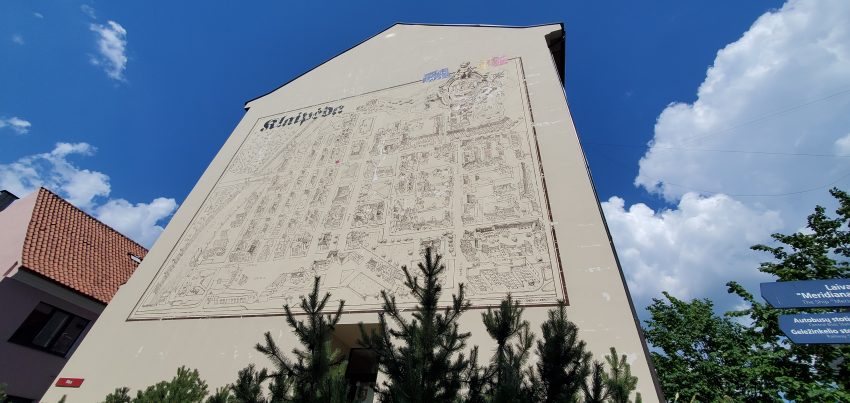Like Riga before, Klaipeda is a port that is not often found on Baltic itineraries. Lithuania is a relatively small country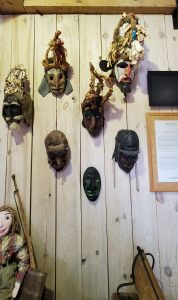 on the eastern shore of the Baltic Sea, and is surrounded by Latvia, Belarus, Poland and Russia. The country was occupied by the Soviet Union after WWII before proclaiming its freedom and independence in 1992. The main language of Lithuanian is one of the few remaining Baltic languages.
on the eastern shore of the Baltic Sea, and is surrounded by Latvia, Belarus, Poland and Russia. The country was occupied by the Soviet Union after WWII before proclaiming its freedom and independence in 1992. The main language of Lithuanian is one of the few remaining Baltic languages.
Klaipeda offers an Old Town filled with 18th century architecture, a castle and museums which would make this an excellent port city to discover on your own, however we chose to take an excursion outside of town to visit a church and monastery in Kretinga. Our guide, Diana, was born and raised in this small town and shared her experiences and love of her culture and history in a way that made this one of the most touching and relevant stops on our entire cruise.
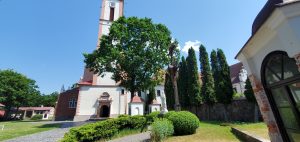 During our first stop at the17th century Church of the Annunciation in Kretinga we were joined by one of the nuns Julia, whose stories about the history of the church offered us a connection and depth that is rare in so many excursions. She only spoke Lithuanian so her narrative was interpreted by our guide but her sense of humour was evident. The church is also home to Franciscan monks who hold services at the church, but they were in prayer so we were unable to see their monastery.
During our first stop at the17th century Church of the Annunciation in Kretinga we were joined by one of the nuns Julia, whose stories about the history of the church offered us a connection and depth that is rare in so many excursions. She only spoke Lithuanian so her narrative was interpreted by our guide but her sense of humour was evident. The church is also home to Franciscan monks who hold services at the church, but they were in prayer so we were unable to see their monastery.
Lithuania was occupied by many other countries in the course of its history. Diana told us personal stories of her life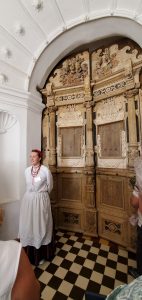 as a child in occupied Lithuania under communist Russian rule. For her having bubble gum was a highlight of her childhood. Diana also wore a traditional costume of her people, a many layered wool and cotton, brightly coloured dress. Each piece had a purpose to the mothers and wives who wore them each day.
as a child in occupied Lithuania under communist Russian rule. For her having bubble gum was a highlight of her childhood. Diana also wore a traditional costume of her people, a many layered wool and cotton, brightly coloured dress. Each piece had a purpose to the mothers and wives who wore them each day.
During our tour we were told about many hardships suffered by a country that to this day prizes its independence. Julia spoke of the different regimes and occupations against which the Lithuanian people fought and tied those into the challenges faced by the members of their small church over the centuries. Diana spoke openly about the concerns of the Lithuania people with the current escalation between Russia and Ukraine, offering her thoughts on a country protective of their freedoms.
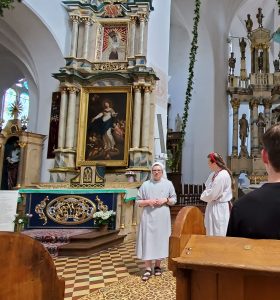 After the church we walked to a folk museum. It was closed for the day but since our guide Diana worked there she was able to take us on a private tour detailing artifacts and traditions from the past to the present. After we went for coffee and cake at a bakery hosted by a lovely couple. They were also candy makers and let me tell you chocolate with bacon is actually very good.
After the church we walked to a folk museum. It was closed for the day but since our guide Diana worked there she was able to take us on a private tour detailing artifacts and traditions from the past to the present. After we went for coffee and cake at a bakery hosted by a lovely couple. They were also candy makers and let me tell you chocolate with bacon is actually very good.
Although it may not seem like the most adventurous of excursions I still hold it as one of my favourites because of the generosity of spirit of the Lithuanian people.
